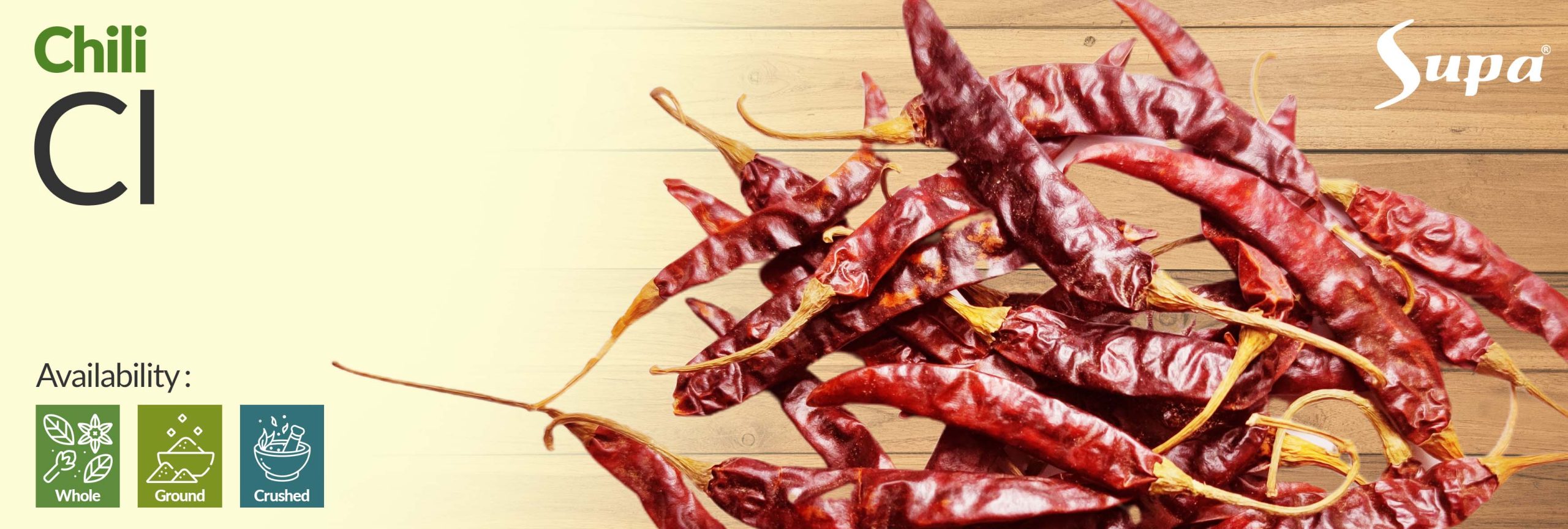
Chilis, a key component of countless cuisines today, have a history that dates back to ancient times. Evidence suggests that chilis were already being cultivated in South America as early as 5000 BCE. The ancient Aztecs, according to the accounts of Spanish conquistador Hernan Cortez, utilized a wide array of chili varieties for rituals and even incorporated them into their chocolate-based beverages. Christopher Columbus, at the close of the 15th century CE, introduced chilis to Spain after discovering them in the New World. Mistaking them for peppercorns due to their heat, the name “chili” persisted, and their fiery flavor began to leave a lasting impression on global cuisines.
The spice’s influence spread further as Portuguese traders transported chilis to various corners of the world. Their colony in Goa, India, served as a pivotal point for the introduction of chilis to Asian and African trading posts. The unique heat of chilis rapidly supplanted black pepper as the preferred choice for adding spice to dishes. Over time, chilis transformed culinary traditions, infusing a new dimension of flavor into a variety of cuisines.
In the early 20th century, the pharmacologist William Scoville introduced a means of measuring chili pungency, known as the Scoville Heat Index. However, as technology advanced, more accurate and laboratory-based methods replaced this system. Despite this shift, the history of chilis remains a testament to the global exchange of flavors and culinary traditions. From their ancient roots in South America to their rapid ascent as a favored spice across the world, chilis embody the essence of cultural exploration and the dynamic nature of gastronomy.
Flavor: The flavor of chili can vary depending on the specific type and its level of spiciness. Most chili peppers have a bold and distinct taste characterized by a combination of heat and pungency. Some chili varieties may have fruity, smoky, or earthy undertones, while others are more straightforward in their spiciness. Taste: When consumed, chili peppers deliver a hot and fiery taste due to the presence of capsaicin, the compound responsible for the sensation of spiciness. The heat level can range from mild to extremely hot, depending on the chili variety and its Scoville Heat Units (SHU). Aroma: Chili peppers have a distinctive aroma that is often described as pungent, spicy, and sometimes slightly fruity or floral. The aroma becomes more pronounced when chili peppers are cooked or dried, releasing their characteristic spicy scent.
Culinary Spice: Chili peppers are widely used as a culinary spice to add heat and flavor to various dishes. They are a key ingredient in many cuisines, including Mexican, Thai, Indian, and Italian, among others. Hot Sauces: Chili peppers are a primary ingredient in the creation of hot sauces, which vary in heat level and flavor profiles. These sauces are used to add spiciness and depth to dishes or as condiments for enhancing flavor. Chili Powders and Pastes: Dried chili peppers are ground into chili powder, which is a popular spice blend used in cooking. Chili paste, made from crushed chili peppers, is also used to flavor soups, curries, and stir-fries. Pickling and Fermenting: Chili peppers are pickled or fermented to preserve their flavor and heat. Pickled chilies are used as a condiment or as a side dish to add a spicy kick to meals. Garnish and Flare: Whole or sliced chili peppers are often used as a garnish to add a pop of color and spiciness to dishes. They are also used to infuse oils and vinegar to create flavored condiments.
Origin : India Botanical Name : Capsicum annuum Composition : Chili Color : Reddish Brown Moisture Content : Max 10% Shelf Life : 12 Months Loadability : 20 FCL Package : Carton Packing *For more detailed specifications, please feel free to contact us.

